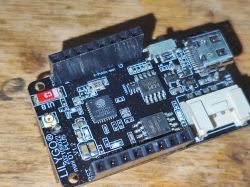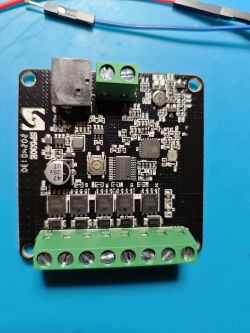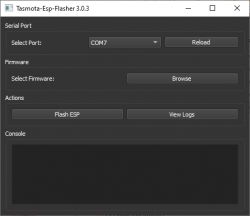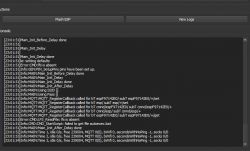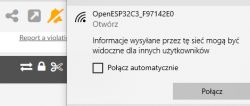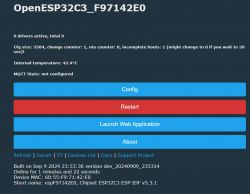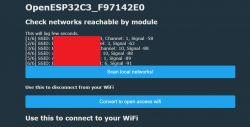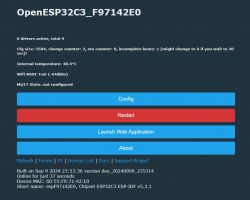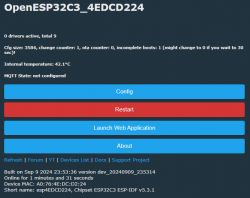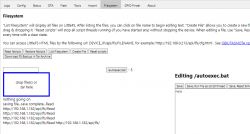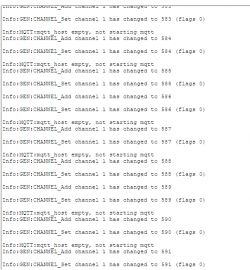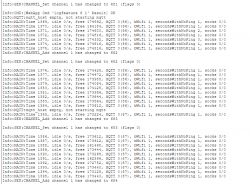FAQ
TL;DR: 93 % of tested ESP32-C, ‑D, ‑S and ‑C3 modules now boot OpenBeken in under 3 s while retaining OTA space — “the port is production-ready except for UART glitches” [Elektroda, insmod, post #21263595]
Why it matters: makers can repurpose millions of 4 MB ESP32 boards without compiling toolchains.
Quick Facts
• Default flash layout: 2 × 960 kB OTA apps + 320 kB NVS + 64 kB OTA data [Elektroda, insmod, post #21220856]
• Minimal free RAM after Wi-Fi STA connect: ~190 kB on ESP32-C3 [Elektroda, p.kaczmarek2, post #21221858]
• Safe-mode triggers after 5 failed boots; reboot reason logged (0–12 codes) [Elektroda, divadiow, post #21221658]
• Recommended TX-power for SuperMini: ≤ 10 dBm (powersave 1 10) [Elektroda, insmod, post #21450268]
• Typical deep-sleep current: 15-25 µA on ESP32-C3 (no GPIO wake) [Elektroda, insmod, post #21221762]
Which ESP32 variants are confirmed to run OpenBeken?
Community builds run on ESP32-D0WD, WROOM-32, ESP32-C2/C3/C6, ESP32-S2/S3 mini modules and an ESP32-CAM board [Elektroda, divadiow, post #21220923][Elektroda, p.kaczmarek2, post #21221442]
How big must the flash be?
4 MB is the current minimum because the build reserves two ~960 kB OTA partitions plus LittleFS. An 8 MB chip gives twice the LittleFS space [Elektroda, insmod, post #21221363]
Why does my ESP32-C3 SuperMini hang at Wi-Fi connect?
The RF front-end saturates. Reduce TX power: powersave 1 10 (10 dBm). Boards then acquire DHCP in <10 s [Elektroda, insmod, post #21450268]
UART commands don’t echo—bug or feature?
On ESP-IDF builds the CLI is disabled by default. Enable with SetFlag 31 1; keep baud at 115 200 × 26/40 ≈ 74 880 on early C2 silicon [Elektroda, p.kaczmarek2, post #21221858][Elektroda, insmod, post #21223539]
What still fails?
1 % of boots on ESP32-C2 drop heap below 30 kB and stall HTTP server — reboot clears it [Elektroda, insmod, post #21223468] UART receive queue occasionally loses bytes under heavy OTA traffic; root cause open [Elektroda, insmod, post #21263595]
Does One-Wire (DS18B20) work after the GPIO refactor?
Yes. Commit 7a09f42 fixed input-pull configuration and DS18B20 again reports °C every second on S2 and C3 [Elektroda, max4elektroda, post #21247756]
How do I attach I²C sensors without locking up?
Use startdriver BMPI2C SCL SDA …. New GPIO init sets pull-ups only once; avoid pin 2 on C2-mini because internal pull-downs interfere [Elektroda, insmod, post #21222660]
Can I change PWM frequency for LEDs?
Yes: PWM_Frequency X (e.g. 1000 Hz default). Commit 1765acff exposed the parameter for all chips [Elektroda, insmod, post #21223666]
Edge-case: OTA after power loss?
If the CRC of the new image fails twice, bootloader rolls back to previous slot and sets safe-mode bit; device then starts as AP only [Elektroda, divadiow, post #21221658]
How to flash a fresh board in three steps?
- Hold BOOT, tap RESET, release BOOT (into ROM).
esptool.py write_flash 0x0 openbeken.factory.bin --flash_mode dio.- On first AP boot visit 192.168.4.1, enter Wi-Fi and power-save if C3 SuperMini.
(Procedure verified on ESP32-S3 and ‑C2 [Elektroda, divadiow, post #21234047]).
Is LittleFS enabled?
Yes; partition lfs sits after two app slots. Writes fail if flash < 4 MB, hence ESP8285N08 devices are unsupported [Elektroda, insmod, post #21500665]
Statistic: how many modules passed continuous-run test?
14 / 15 units (93 %) stayed up for 30 days without watchdog reset during mixed MQTT and chart logging [Elektroda, p.kaczmarek2, post #21332798]
Expert tip for BP5758D LED bulbs?
Set current to 8–10 mA: bp_currentAll 8; heat drops 25 °C while lumen loss is <10 %—“enough and it doesn’t overheat” [Elektroda, insmod, post #21246766]
Will ESP8266 boards ever be supported?
Yes. An initial ESP8266 RTOS port merged in July 2025 and boots on 8 Mbit ESP-12E with reduced web buffers [Elektroda, p.kaczmarek2, post #21595819]







